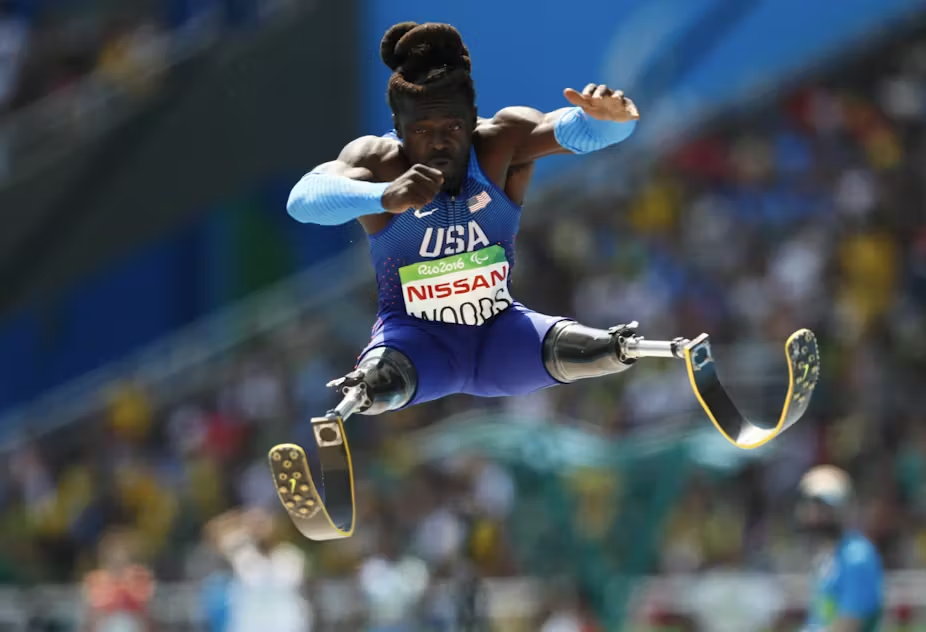The Paralympics is a major international multi-sport event involving athletes with a range of disabilities. The rules for the Paralympics are generally based on the rules of the equivalent sports in the Olympic Games but are adapted to accommodate various types of disabilities. Here’s a general overview of the rules and structure:
1. Classification System
- Purpose: To ensure fair competition, athletes are classified based on their impairments to level the playing field.
- Categories: There are six main disability groups:
- Amputee: Athletes with partial or total loss of at least one limb.
- Cerebral Palsy: Athletes with neurological conditions that affect muscle coordination.
- Intellectual Disability: Athletes with significant limitations in intellectual functioning and adaptive behavior.
- Wheelchair: Athletes with spinal cord injuries or other disabilities that require them to use a wheelchair in competition.
- Visually Impaired: Athletes with varying levels of vision loss.
- Les Autres: Athletes with physical disabilities that don’t fit into the other categories (e.g., dwarfism, multiple sclerosis).
2. Sport-Specific Rules
- Each sport in the Paralympics has its own set of rules that are adapted from the Olympic version to accommodate athletes with disabilities.
- For example, in wheelchair basketball, the court and basket height are the same as in the Olympic Games, but there are specific rules regarding how athletes can propel themselves and handle the ball.
- Goalball is a sport specifically designed for visually impaired athletes, where participants try to throw a ball with bells inside into the opponents’ goal.
3. Equipment Adaptations
- Athletes may use specialized equipment tailored to their needs. For example, swimmers may use tappers (people who use a pole to tap the athlete when they are approaching the wall) or runners may use guide runners.
- Wheelchair athletes use customized wheelchairs designed for different sports, such as racing chairs for track events or specially designed chairs for wheelchair rugby.
4. Competition Structure
- The Paralympic Games are divided into summer and winter sports, similar to the Olympics, with events scheduled accordingly.
- Competitions are typically organized in heats or qualifying rounds, followed by finals.
5. Anti-Doping Rules
- The Paralympics adhere to the World Anti-Doping Agency (WADA) regulations, prohibiting the use of performance-enhancing drugs.
- Athletes are subject to both in-competition and out-of-competition testing to ensure a level playing field.
6. Protests and Appeals
- Just like in the Olympics, there is a formal process for lodging protests or appeals. This can involve challenges to classification decisions or results in events.
- The International Paralympic Committee (IPC) has established procedures and a Court of Arbitration for Sport to handle disputes.
7. Eligibility Rules
- Athletes must have a disability that falls within the categories recognized by the IPC and meet the minimum impairment criteria for their specific sport.
- Additionally, athletes must adhere to national and international eligibility rules, which include factors such as nationality and adherence to anti-doping regulations.

